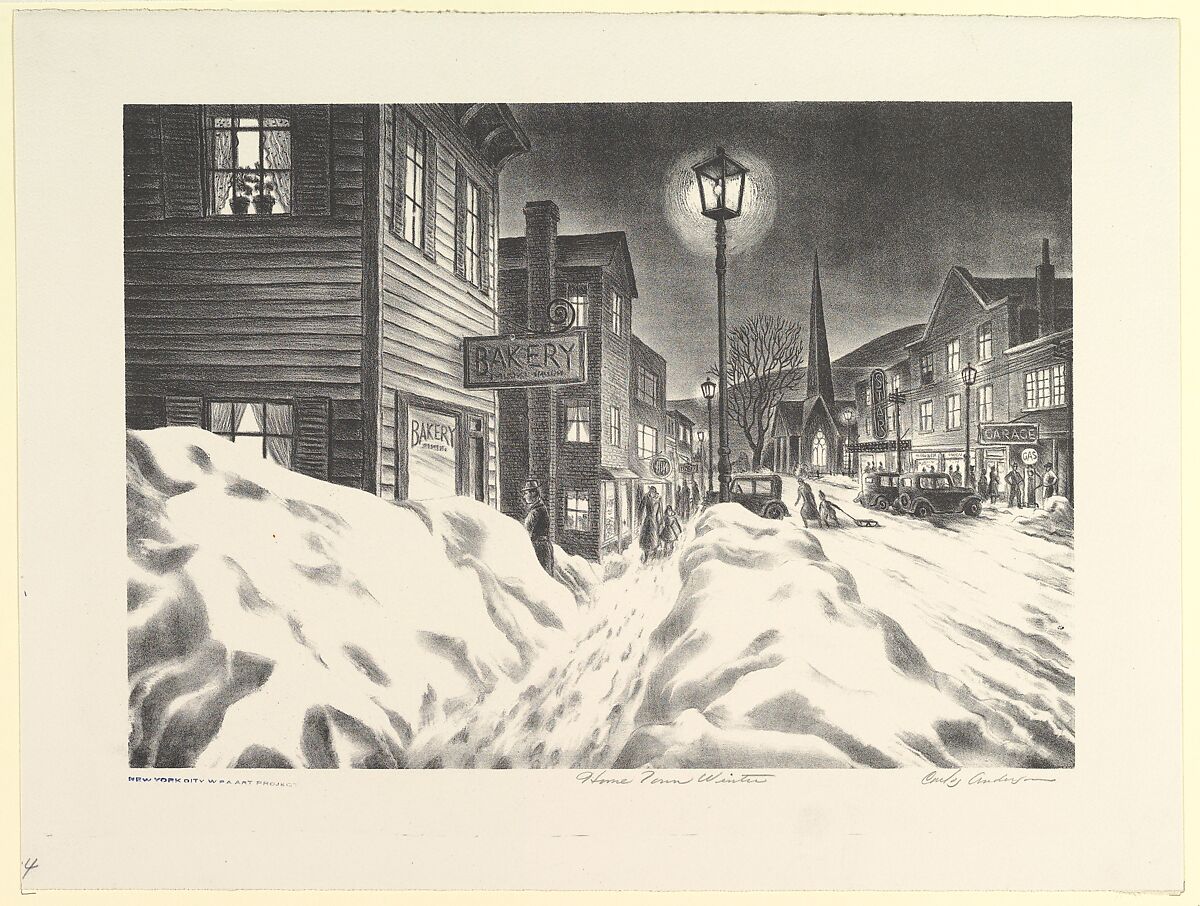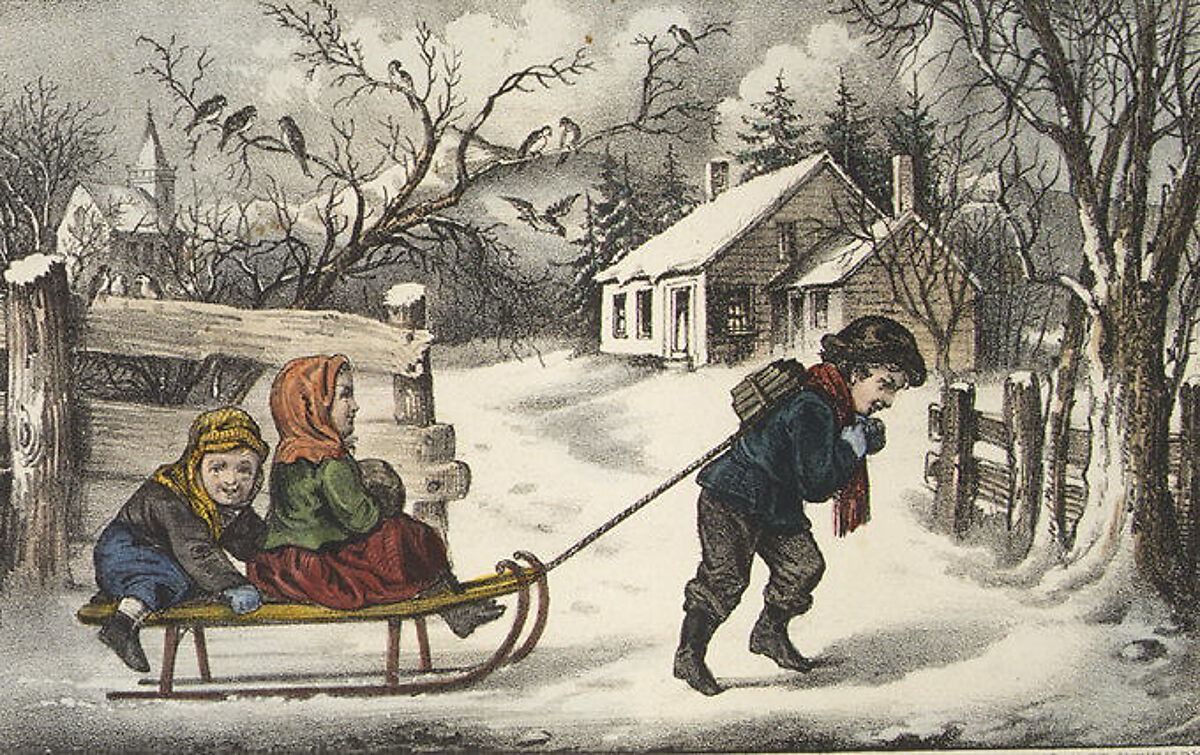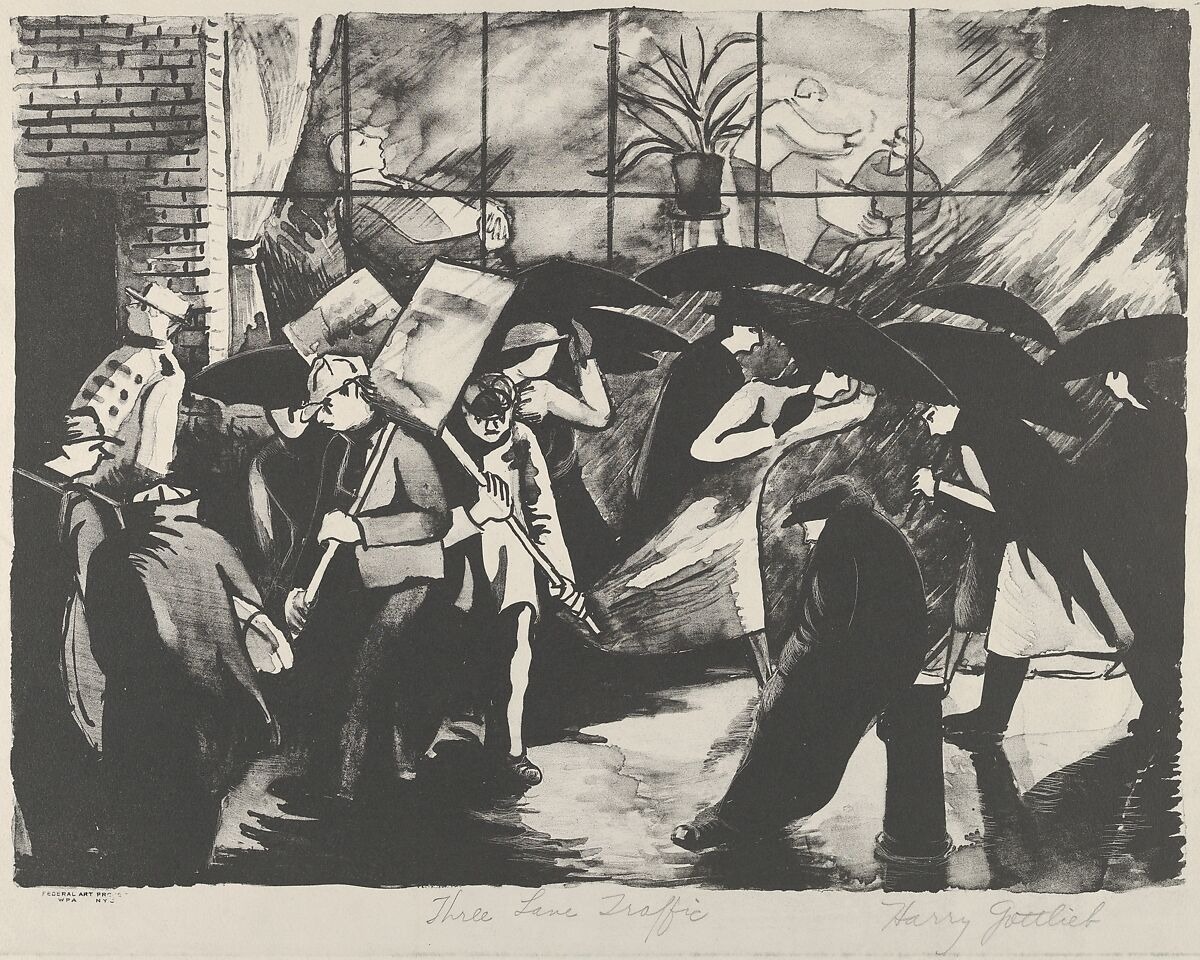
This dwarfs our emerald country by its trek
So tall with prophecy
Dreaming of cities
Where often clouds shall lean their swan-white neck.
An Extract from The Pylons, Stephen Spender, 1933.
Modern technology has fundamentally altered human societies’ connection with the seasons. In wealthier nations, we enjoy a significantly better quality of life in terms of our protection from the harshness of nature. But as a direct result of this, many communities are now more disconnected from the natural world than ever before.
The following artworks chart this transition in human development and arrive in a 21st century where our awareness of the devastating consequences of our loss of connection is more relevant than ever.

In the first house where I saw electric light
she sat with her fur-lined felt slippers unzipped,
year in, year out, in the same chair, and whispered
in a voice that at its loudest did nothing else
but whisper.
An extract from The Electric Light, Seamus Heaney, 2001
The introduction of artificial lighting and modern heating has significantly changed our relationship with the seasonal cycles of day and night. Humans in well-lit, well-heated areas are now able to operate much the same no matter the hour or time of year.
For millennia, generating light and heat was time-consuming and difficult. Everyday activities had to be oriented around fireplaces, and working by candlelight was a challenge – if you could afford candles at all. Venturing outside at night was hazardous, and travellers had to rely on the moon and stars to navigate.
After the technological revolutions of the 19th century, everything changed: in the areas that benefited people could work, travel, enjoy leisure activities after dark, and remain warm throughout the winter months. Technologies have even been designed to address the issue of seasonal depression using lamps that imitate the sun’s rays.
These leaps forward came with developments that made food increasingly easy to come by, and seasonal eating in more prosperous areas a thing of the past.
But was this all good news? In vast areas, artificial lights disturb vital patterns in animal life. In previous centuries, the hours of work and sleep were strictly defined by seasonal shifts in light. Thanks to artificial light, many of us can now work all day, every day – but should we? And what about those communities that have been left behind?
PROVOCATION: Have you ever considered what your life would be like without electric lighting and heating?
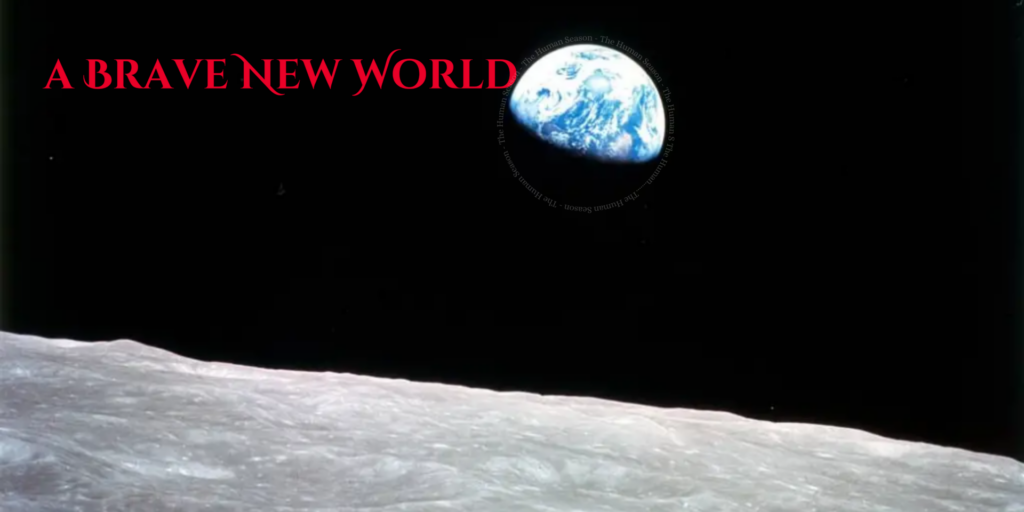
We’ve known
That we’re caught in the throes
Of climactic changes some say
Will just go away,
While some simply pray
To survive another day;
For it is the obscure, the oppressed, the poor,
Who when the disaster
Is declared done,
Still suffer more than anyone.
An extract from Earthrise, Amanda Gormon, 2018
Humanity has a dual role as both the architect and the observer of our changing environment. Although science and technology have created solutions to the challenges posed by seasonal changes, they have also led to the issue of an over-exploitation of nature for which we are now experiencing the consequences.
The following artworks reflect the urgency of our times, as contemporary society struggles with the issue of climate change – not a natural cycle of seasonal changes, but a manmade crisis with potentially existential consequences. As we stand at the precipice of social change, these artworks serve as a call to action, and a reminder that we must engage in a collective effort to mend our relationship with nature and safeguard the cycles that sustain our existence.
Thank you for visiting The Human Season. This exhibition was produced by a group of MA students from the University of Leeds.
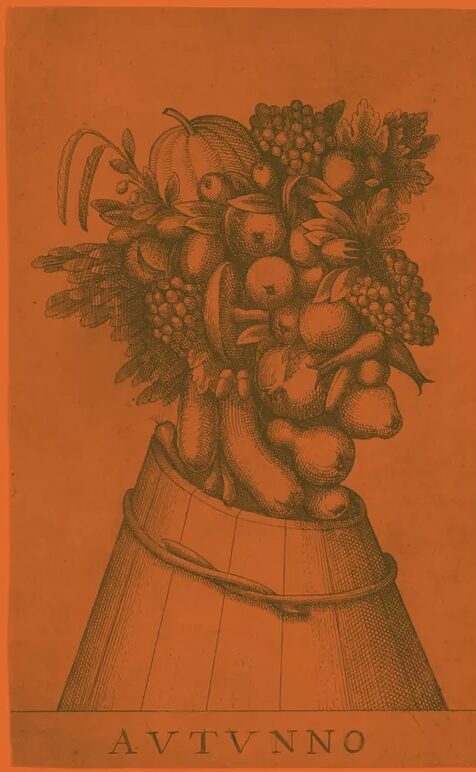
∞
Introduction

I
The Ages of Man

II
Surviving and Thriving

